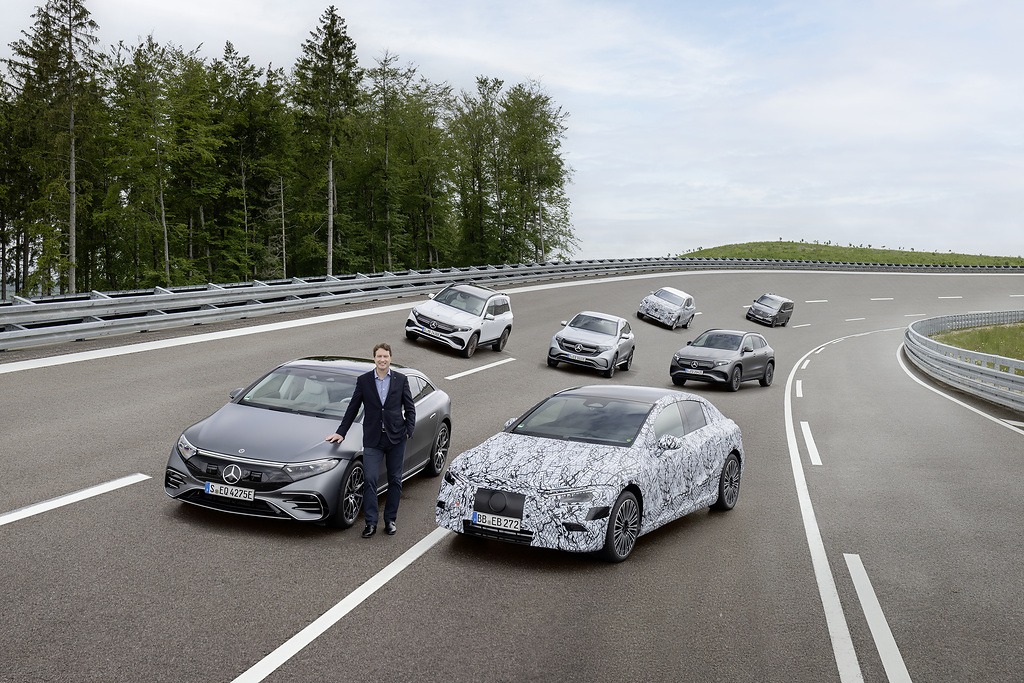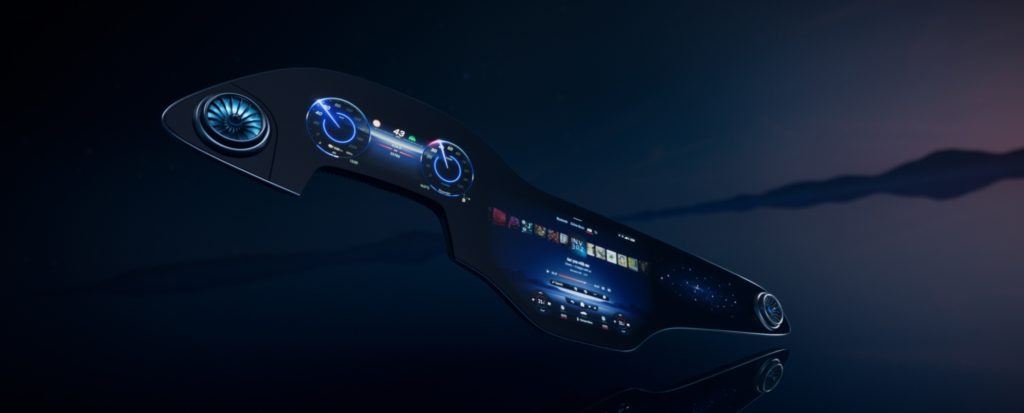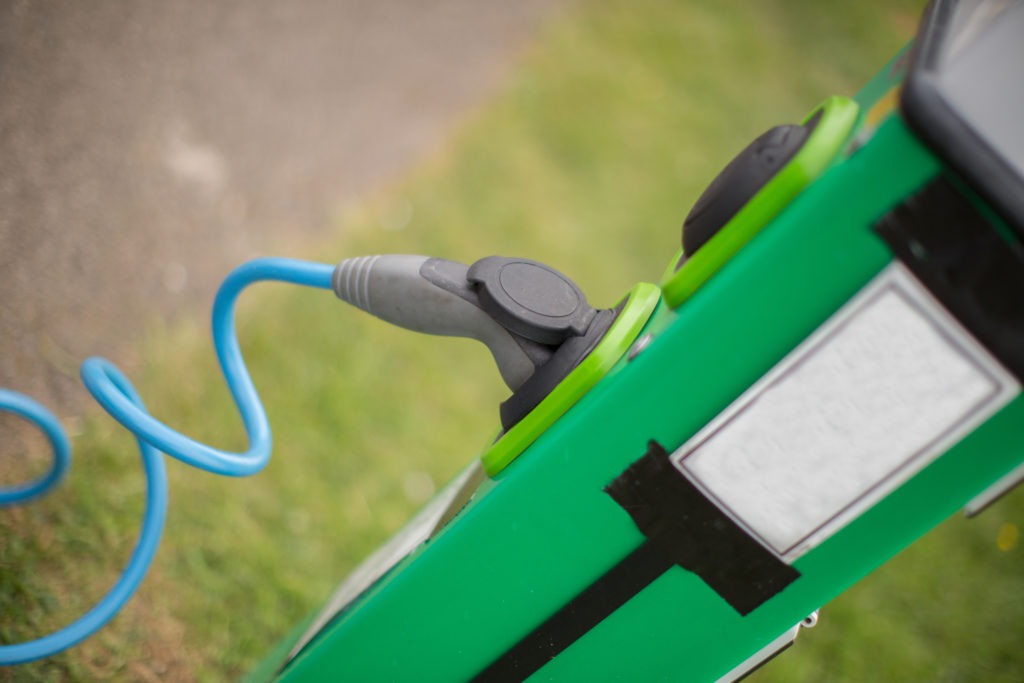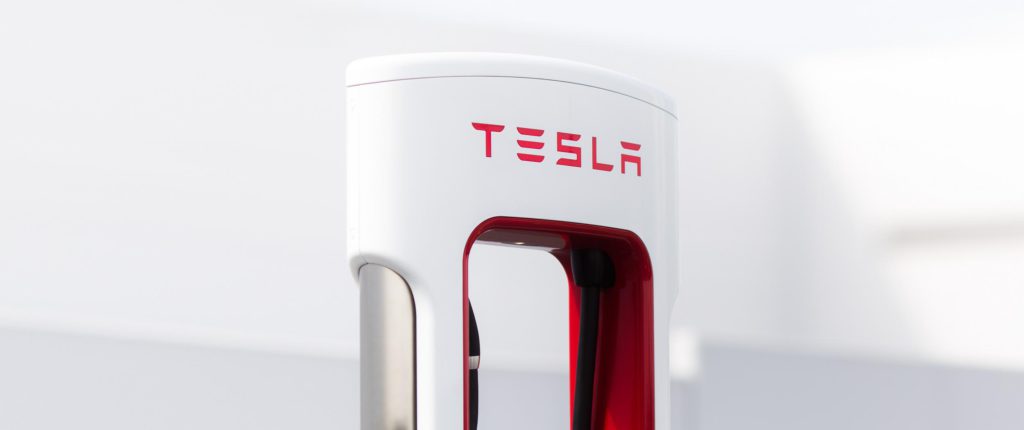Can the Mercedes-Benz EQS break the spell of Tesla domination?
20 September 2021
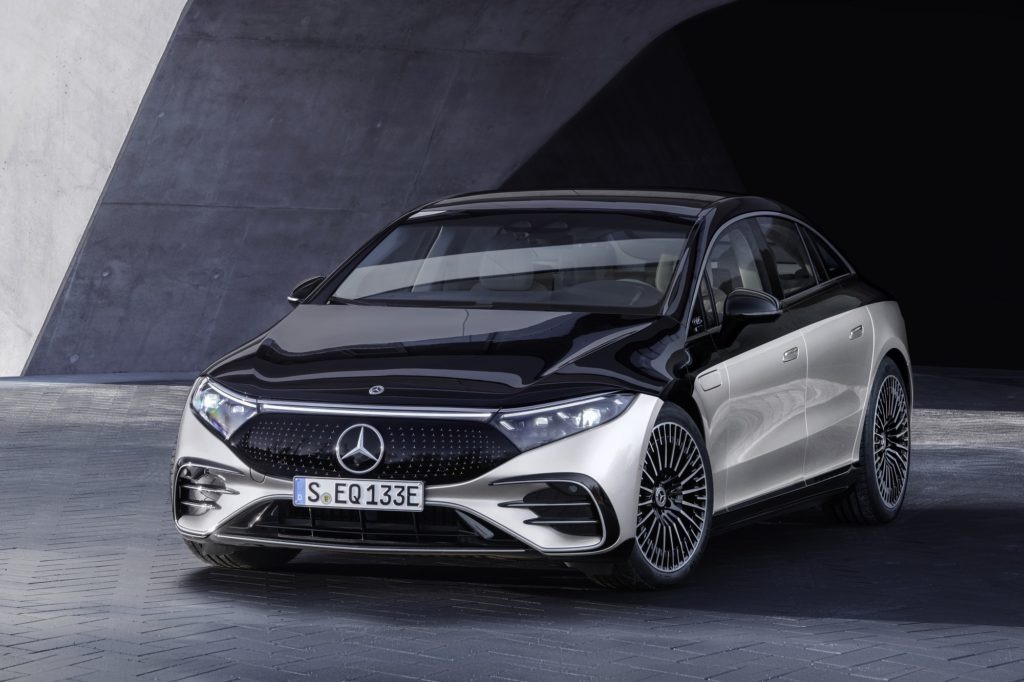
José Pontes, sales and data analyst at EV-volumes.com, regularly shares his views on the rapidly evolving electrified automotive market. This time he discusses the qualities of the Mercedes-Benz EQS and its disruption potential.
Back in 2012, when a small startup company called Tesla began delivery of its first battery-electric vehicle (BEV), the Model S, the automotive industry could not believe what had hit the market. Here was a fast, spacious, attractive BEV, with specs that put the best-selling electrically-chargeable vehicles (EVs) at the time to shame. Tesla had caught the competition by surprise. Yet it was not simply the car that placed Tesla in a different league. There was also an exclusive and fast-spreading supercharger network that made longer trips far easier.
Tesla – a lesson of dominance
It took competitors six years to come close to a Model S level of performance – the first units of the Nio ES8 and Audi e-Tron were delivered in 2018. Both 2017 and 2018 were peak years for both Tesla flagship models, with around 100,000 deliveries in each year. 2019 witnessed a sharp decline in deliveries of the Model S and X, to 68,000 units. The Audi e-Tron amounted to 25,000 units in its first full production year, and the Nio ES8, some 9,000 units. Interestingly, these two figures combined (34,000), are almost the same size of the drop (32,000) that the Tesla flagship BEVs had in the same period. Arguably, the introduction of the Model 3 introduction had some influence on this as well.
In 2020, the trend continued: Tesla Model S and X deliveries dropped to 54,000 units globally, while the competition saw their numbers surge. The Audi e-Tron jumped to 48,000 deliveries, the Porsche Taycan reached close to 20,000 deliveries in its first full year, and BYD’s Han EV reached an amazing 29,000 deliveries after only six months on the market.
None of these models were ‘Tesla killers’ volume-wise, as all of them faced challenges, which prevented them from realising big volumes in the high-end segment. The BYD Han EV is only sold in China, the Audi e-Tron is a transitional model that loses out to Tesla in most specs, and the Taycan? It is a Porsche, and Porsche is not big on volume, they focus on profit margin.
2021 has not been much different. Production of the Model S and X has been halted for several months, whereas the competition kept pushing on. The BYD Han EV (44,000 units in Jan-July) will beat the Model S record of 55,000 deliveries in 2017. Porsche’s Taycan delivered in six months the volume that had been registered in the whole year of 2020.
All eyes on Mercedes
In this context of rapid electrification at the higher end of the market, Mercedes, the ‘godfather’ of the premium full-size segment, is finally throwing its hat into the ring. Enter the EQS, the fully-electric counterpart of the S-Class.
Mercedes hopes that its flagship model in the BEV universe represents in the new era what the Mercedes S-Class represented for decades: the best car money could buy. Soon, the EQE will be launched, a true contender for the ‘bestseller’ title.
EQS – the best car money can buy?
With this goal in mind and benefiting from that rare opportunity of a blank canvas, Mercedes has thrown everything it had into the EQS. The usual strong points are refinement, comfort and build quality. Furthermore, the massive battery (108kWh usable battery), a very aerodynamic body (0.20cx), and Tesla-like charging speed (840km in one hour) and efficiency (16.8kWh/km WLTP), allow it to beat the Model S at its own game and become the highest-range BEV (785km WLTP) on the road right now. Let’s wait and see what the Lucid Air Grand Touring can deliver when it lands.
Despite a controversial exterior body – the cab-forward design might not appeal to everyone’s taste, and the fastback rear might not be what many imagine as appropriate for a top-of-the-range model. The interior is appropriate 22nd-century science-fiction stuff, with the (optional) Hyperscreen panel wowing many. A cool interior, period.
Another important feature is MercedesMe Charge, which allows drivers to access different charging providers without the hassle of multiple charging cards. This makes the charging experience similar to Tesla’s Supercharger network, which will be open to the general public soon, including Mercedes EQS drivers.
We have to talk about price. The EQS will be one of the most expensive BEVs to buy, but for the mainstream buyer in the full-size segment, Mercedes will offer the smaller (and cheaper) EQE.
‘The best or nothing’
In short, the EQS translates to the BEV world all the traditional qualities that have made the Mercedes S-Class the benchmark in traditional internal-combustion engine (ICE) motoring. Furthermore, it presents a technological tour de force on BEV-specific points. It is relevant not only in the suit-and-tie ‘old world’ but also in the blazer, jeans and sneaker ‘new world’.
Most of the time, the ‘best or nothing’ Mercedes tagline sounds hollow and like a marketing gimmick, but in this case, it makes absolute sense.
Visit EV-volumes.com if you want to access the latest EV market registration forecasts. And don’t forget to register for our 22 September webinar on the EV subsidies gamble, where EV-volumes.com will also share their latest forecasts.
